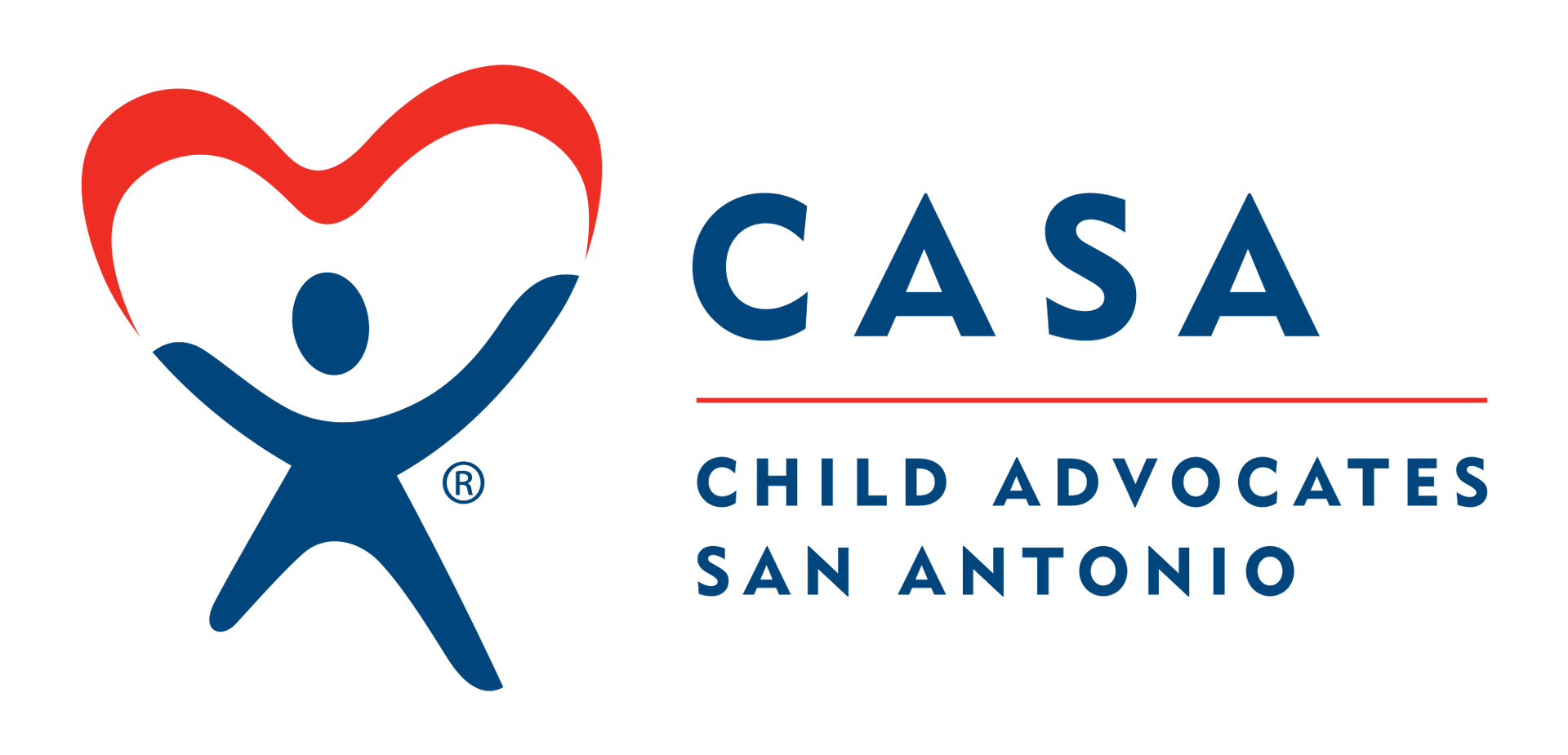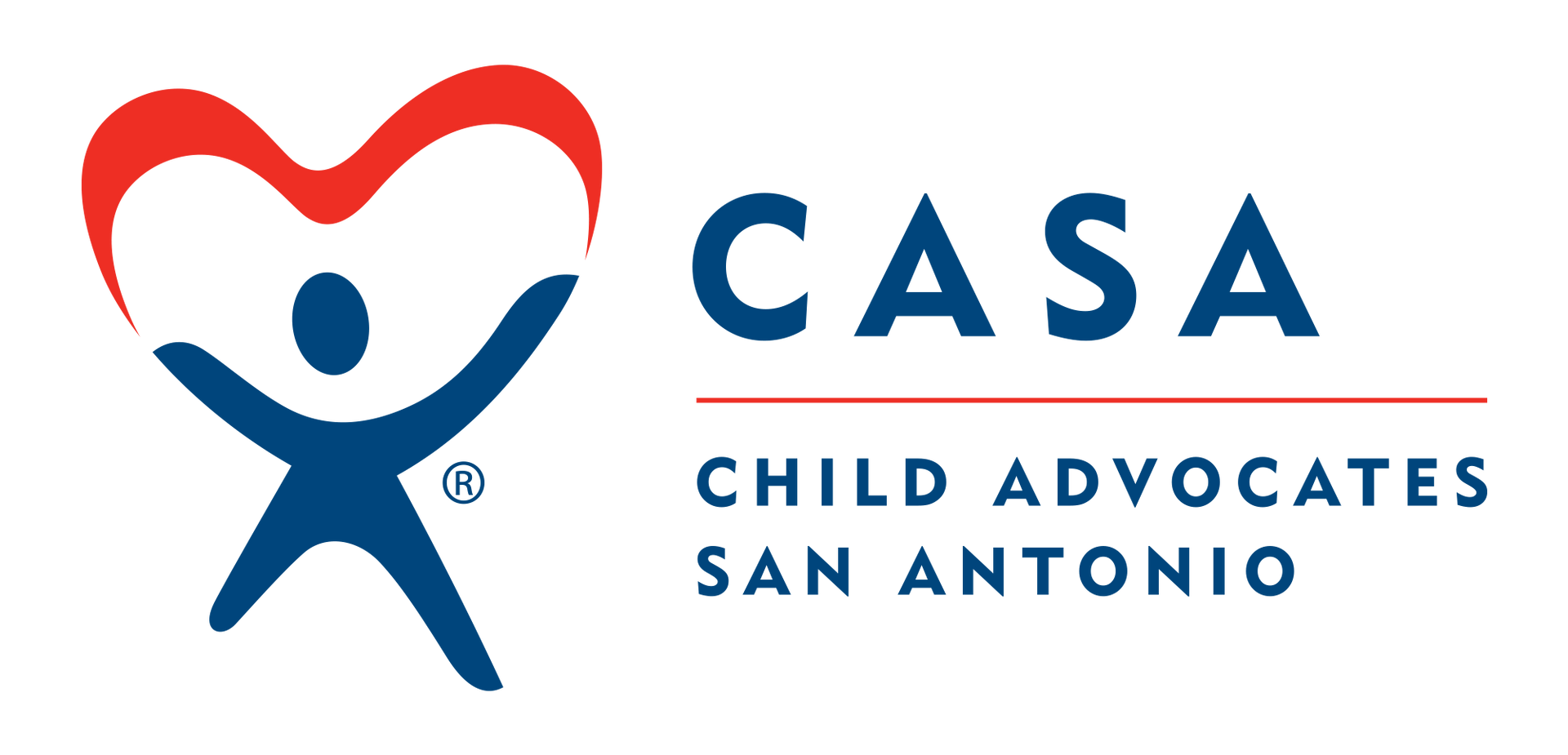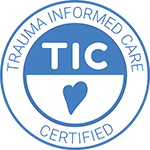Advocate Spotlight: Andy Ulsher
August Advocate Interview
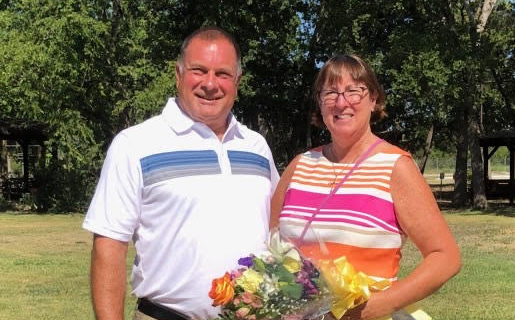
1. How long have you been an Advocate and when did you realize you wanted to become one?
I realized I was interested in becoming a CASA volunteer after listening to CASA commercials on TV and the radio. I investigated the organization further and decided it was definitely a worthwhile organization that made a huge impact on children in foster care. I attended the CASA orientation class and was sold on becoming an Advocate. I had the time to volunteer and thought my military background would be beneficial in guiding foster children. I wanted to be part of the solution and help children in need.
2. What is the most rewarding aspect of being an Advocate?
Making a difference! No doubt, making a difference in the life of my CASA kids is the most rewarding aspect of being an Advocate. Sometimes it’s just something small, but when you see you’ve made their life better, it’s very rewarding. I’ll never forget meeting a 3-year old boy (this was before COVID-19 protocols) for the first time at his caregivers. They told him a “man” was coming to visit him. From then on whenever I visited “John” he would always come running up to me calling me “the man, the man!” He was well adjusted and always ready to give me hug or hold my hand. Wow, talk about rewarding and impacting my life just as much as I did his! Thankfully, it appears he’ll be reunited with his mother soon, and hopefully continues to thrive.
I have another case with three brothers: 15, 16 and 17 years old. Recently, the oldest graduated from high school and enrolled in Texas A & M University – San Antonio. I got all three enrolled in the College Docket pilot program, and they’re doing great. Mentoring the oldest and preparing him for college was very rewarding. He just moved into the dorm this past weekend. Providing guidance and mentoring his 24-year-old brother and his wife, their caregivers, has also been rewarding. Talk about an act of kindness and generosity for a 24-year old brother, his wife and their two kids to foster three younger brothers! They live in somewhat austere conditions, but the older brother had been trying to care for his brothers for three years. The State moved them around to other relatives and finally approved him. I worked hard to get them approved as a Foster Family, and once approved, it was most rewarding. All of them are doing well and thriving.
3. If you could offer words of encouragement to your fellow and incoming Advocates, what would they be?
Start with an easier case and work your way into more complicated cases as you gain experience as an Advocate. There’s so much to learn as a new Advocate. Rely on your CASA supervisor for guidance and help. Once we get past the COVID-19 issue, reach out to other Advocates and network with them. Learn from them and their cases. Attend the monthly training and events offered by CASA. Remember you are there to “act in the best interest of the children” and that might not be what the caseworker, ad litem, caregiver or others want. Stand up for what you think it right. You get to testify before the Judge on your case and he or she values your opinion. If you’re doing your Advocacy right, you’ve most likely spent more time with the children and know them even better than their caseworker.
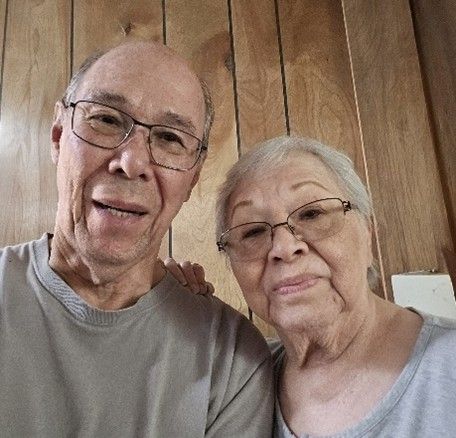
Jimmy and Mary Young eagerly began their second case in August 2024. The children—Chris, 11; Emily, 9; and Sofia, 7—were in the care of the Department due to neglectful supervision by their mother, who struggled with alcohol dependency and depression. She had left the children unattended to travel to Port Aransas to drink and go fishing. In addition, the home environment was observed to be in disarray, with minimal food, posing a risk to the children’s well-being. The mother was arrested on three counts of abandonment of a child. The children’s father had passed away from cancer a few months earlier, in March 2024. The children were initially placed with their grandmother, who decided after a few weeks that she could not care for them. They were then placed with an uncle, who gave notice within two weeks. Subsequently, the children were placed together at Boysville, where they remained for the duration of the case. Although the children had already experienced two moves in just one month, the Youngs were optimistic about their placement at Boysville. The children from Jimmy and Mary’s first case had also been placed at Boysville, so the Youngs were familiar with the facility and had established a good rapport with the staff. From the beginning, Mr. Jimmy introduced himself to all parties involved in the case, exchanged phone numbers with the caseworker and the children’s attorney, and maintained close communication with them during the children’s moves. Once the children were placed at Boysville, Mr. Jimmy contacted the case manager and counselors there to inquire about setting up therapy and enrolling the children in school. The Youngs advocated for transportation to and from school, and the children were approved to ride the school bus. They also recommended bereavement therapy to help the children cope with the loss of their father. Mr. Jimmy learned about a summer camp at the Children’s Bereavement Center, made a few calls, and successfully registered the children to attend. Throughout the duration of the case, the Youngs visited the children monthly, maintained close contact with the CPS caseworkers, updated the children’s attorney after visits, and remained in frequent contact with the children’s therapists and teachers. They advocated for tutoring and addressed behavioral concerns with the children’s therapists. The Youngs documented everything in Optima, wrote court reports, and attended several CASA training courses to stay informed and further their knowledge of child welfare. They also chose to attend court in person to maintain face-to-face contact with the judge, other parties on the case, and the children’s mother. One particularly notable aspect of this case was the Youngs’ consistent communication and engagement with the children’s mother. After their initial meeting, the Youngs maintained regular contact with her, inquiring about her progress in services, employment, and housing. They frequently encouraged her to continue and complete her services, checked in after court hearings, and provided moral support—offering her hope. During the previous Christmas, Jimmy and Mary sent the mother a recording of the children singing Christmas carols, delivered messages from the children, and shared photos of special events. During phone calls or family visits, they listened patiently, giving her space to express herself. Within a few months, the mother opened up to them about the children’s father and his cancer diagnosis, sharing how it was discovered and discussing his passing. As the mother continued working on her services, Jimmy and Mary cheered her on, reminding her that her efforts were for the sake of reuniting with her children. At the merits hearing in September, the Youngs, in agreement with CPS, recommended an extension to allow the mother more time to maintain sobriety, begin extended visits with the children, and possibly start overnight, unsupervised visits. The extension was granted, as the mother had completed all her services and maintained stable employment and housing. Weekend visits began, and by late September, the mother continued testing negative for substances. The children were placed with her on a monitored return. Jimmy and Mary visited the children in the home for the following two months, providing CPS, the children’s attorney, and the court with very positive feedback. The children were happy, thriving, and their needs were being met. The Youngs provided their final recommendation of reunification in court in late November, and the judge granted reunification, dismissing CPS from the case. It was the Youngs’ consistent communication and encouragement toward this young mother that led to the successful reunification. They followed up after hearings, facilitated communication between the mother and caseworkers when the relationship felt strained, and provided the mother the opportunity to share her perspective without judgment—all while encouraging her to do her best for her children.
